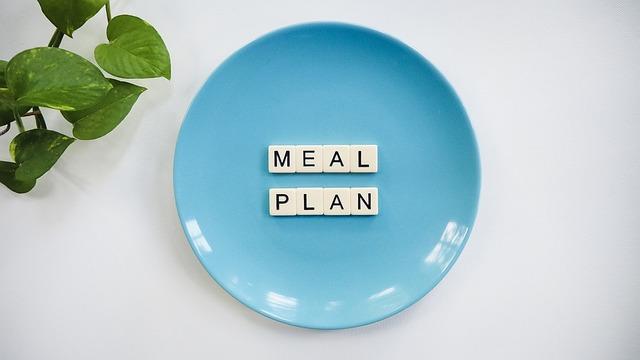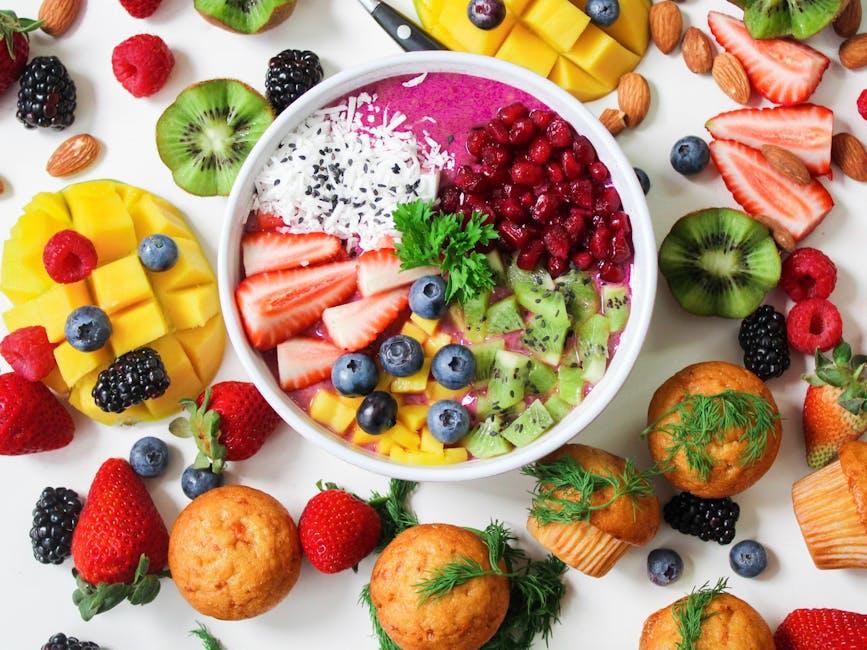In today’s fast-paced world, where convenience often trumps nutrition, developing healthy eating habits is more crucial than ever. Embracing a nutritious lifestyle doesn’t have to be overwhelming or time-consuming. With the right strategies and a clear understanding of your goals, making healthy eating a natural part of your daily routine is entirely achievable. This guide will provide you with practical steps and insights to transform your dietary habits, ensuring that nourishing your body becomes second nature. Get ready to take control of your health with confidence and ease, and watch as positive changes ripple through every aspect of your life.
Understanding the Basics of Nutrition
Grasping the essentials of nutrition is the cornerstone of cultivating a sustainable healthy eating habit. At its core, nutrition is about fueling your body with the right balance of nutrients to maintain overall health and vitality. This means understanding macronutrients such as carbohydrates, proteins, and fats, and how they contribute to energy levels and bodily functions. Equally important are micronutrients like vitamins and minerals, which play crucial roles in supporting immune function, bone health, and cellular processes.
- Carbohydrates: Opt for complex carbs like whole grains, legumes, and vegetables, which provide sustained energy.
- Proteins: Include a variety of protein sources such as lean meats, fish, beans, and nuts to support muscle repair and growth.
- Fats: Choose healthy fats from sources like avocados, olive oil, and fatty fish, which are vital for brain health.
- Vitamins and Minerals: Aim to consume a colorful array of fruits and vegetables to ensure a diverse intake of essential micronutrients.
By understanding and incorporating these basic nutritional elements into your daily diet, you can effectively transform your eating habits into a lifelong practice of health and well-being.

Creating a Balanced Meal Plan
Crafting a meal plan that balances nutrition and taste doesn’t have to be complicated. Start by focusing on the main components of your meals: proteins, carbohydrates, and fats. Aim to include a variety of each in your daily diet to ensure you’re getting a wide range of nutrients. For proteins, consider options like beans, lentils, lean meats, or tofu. When it comes to carbohydrates, prioritize whole grains such as quinoa, brown rice, or oats. Healthy fats can be sourced from nuts, seeds, and avocados.
- Colorful Plates: Incorporate a variety of colorful fruits and vegetables to provide essential vitamins and minerals.
- Portion Control: Use smaller plates and bowls to help manage portion sizes and avoid overeating.
- Stay Hydrated: Remember to drink plenty of water throughout the day to support overall health and digestion.
- Prep Ahead: Spend time each week preparing meals or ingredients in advance to make healthy choices more convenient.
By following these guidelines, you can create a meal plan that not only supports your health goals but also fits seamlessly into your lifestyle. Embrace flexibility and variety to keep your meals interesting and enjoyable.

Incorporating Mindful Eating Practices
To truly make healthy eating a lasting habit, it’s essential to bring mindfulness to the table. Mindful eating involves paying full attention to the experience of eating and drinking, both inside and outside the body. This practice encourages you to be present and aware, fostering a deeper connection with the food you consume. Start by creating a calm eating environment. Turn off distractions like the TV or your phone, and focus on the flavors, textures, and aromas of your meal.
- Slow down: Chew your food thoroughly and savor each bite. This not only enhances digestion but also allows your brain to register when you’re full.
- Listen to your body: Eat when you’re hungry and stop when you’re satisfied, not stuffed.
- Engage your senses: Notice the colors, smells, and tastes of your food, which can enhance your overall dining experience.
Incorporating these practices can transform meals into a more enjoyable and fulfilling part of your day, promoting healthier eating habits over time.

Overcoming Common Barriers to Healthy Eating
Developing a habit of healthy eating often involves navigating a maze of challenges. However, with the right strategies, these barriers can be effectively managed. Time constraints are a common hurdle; yet, by planning meals in advance, you can save precious minutes during the week. Consider preparing ingredients for several meals on the weekend, so cooking becomes as simple as assembling a puzzle. Additionally, using a slow cooker or investing in an instant pot can further streamline meal preparation.
Another obstacle is the temptation of unhealthy snacks. Combat this by keeping a stash of nutritious alternatives on hand. Stock your pantry with options like:
- Nuts and seeds for a protein-packed crunch
- Fresh fruits for a natural sweet fix
- Yogurt or hummus paired with veggies for a satisfying dip
don’t underestimate the power of a supportive environment. Surround yourself with like-minded individuals who encourage healthy choices, and don’t hesitate to seek advice from nutritionists or online communities dedicated to healthy living. Remember, small consistent changes lead to lasting habits.
